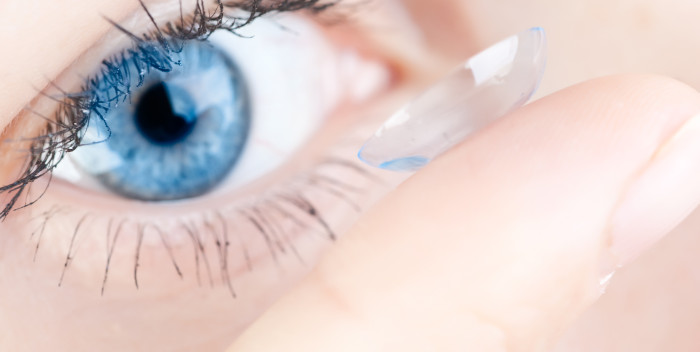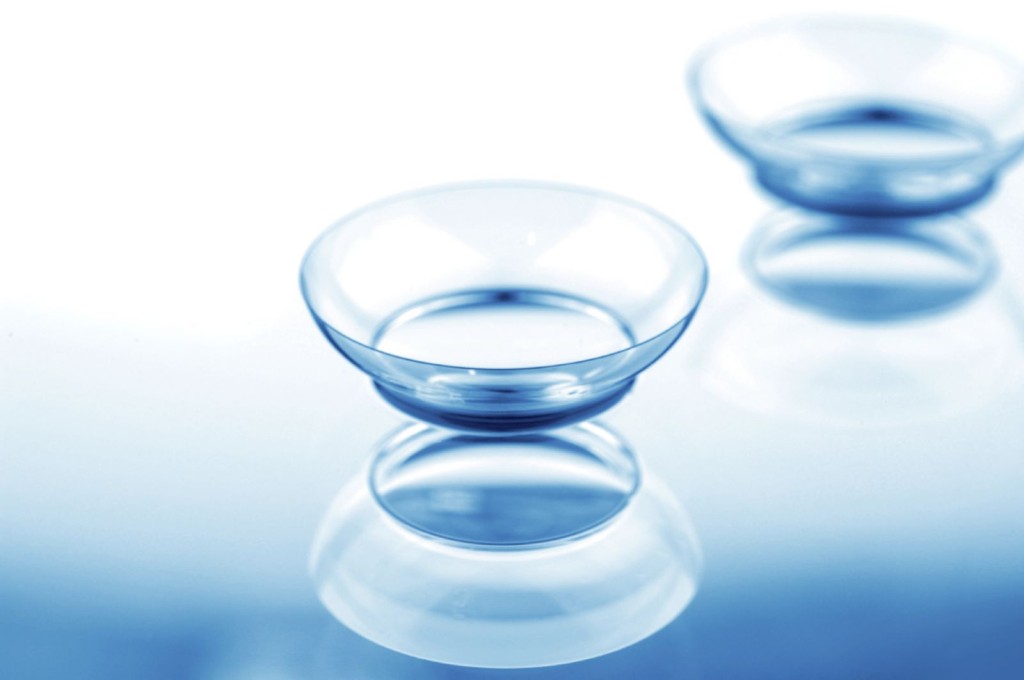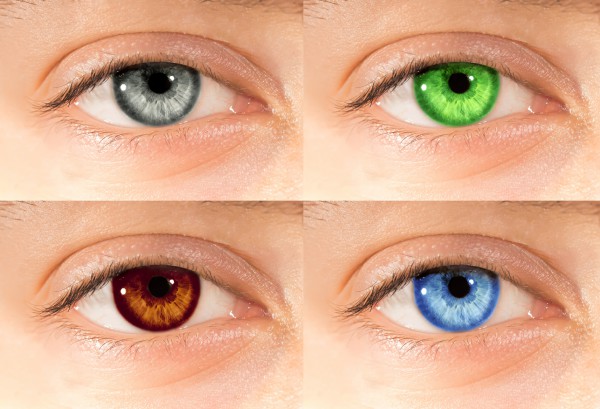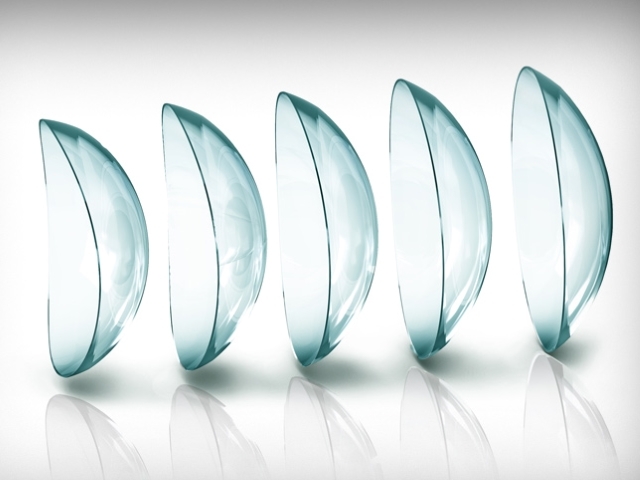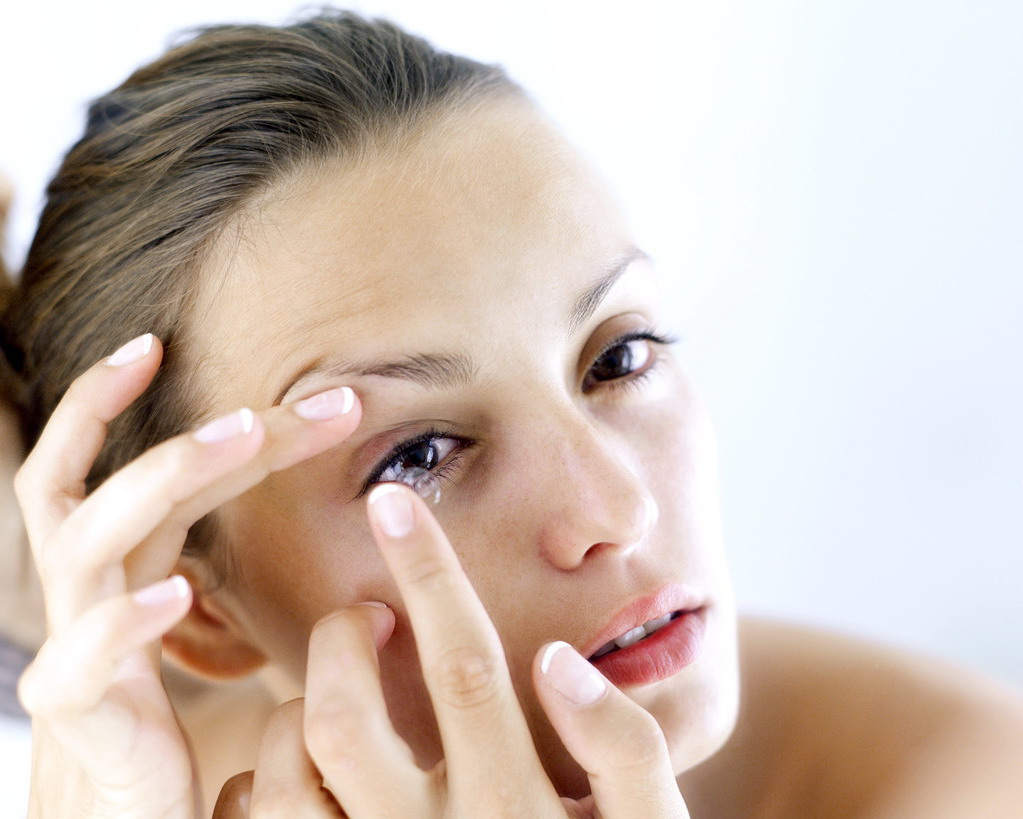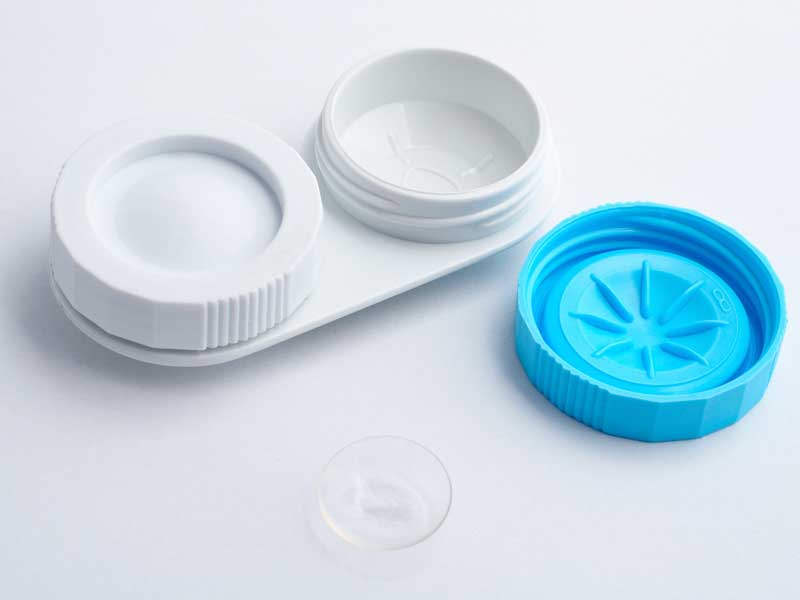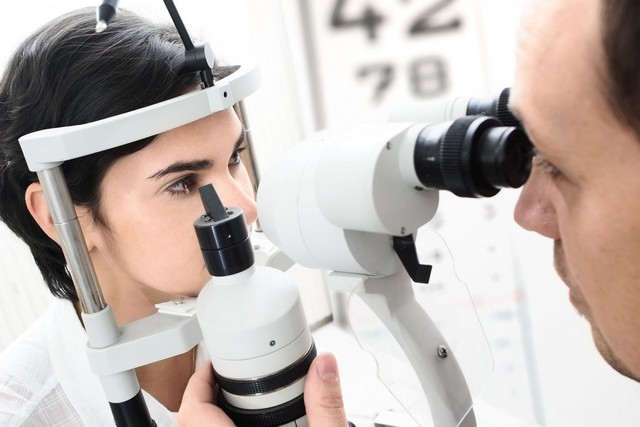Lenses: types, rules of use and selection
Lenses are one way improve eyesight without surgical intervention... Many people choose them for their ease of use. After all, they are completely invisible in comparison with the glasses, which are constantly felt on the face. And with their help, you can radically change your eye color. Today we will tell you about what types of contact lenses are, how to make the right choice and use them correctly.
Content
Types of contact lenses
Due to the fact that medical technology does not stand still, today we have a large selection of contact lenses.
They are classified according to various criteria. For example, lenses are distinguished by wearing time:
- Day wear (DW) - used only during the day, and must be removed at night.
- Flexible Carrying (FW) - it is permissible not to take them off for one or two nights.
- Extended wear (EW) - you can walk in them and sleep for about a week.
- Continuous Wear (CW) - they are worn on-the-fly for 30 days.
By replacement time, they are divided into:
- Traditional - they serve for six months or a year (at the present time they are almost not produced).
- Planned replacement - they are changed to a new one a couple of times a month.
- One-day - these are worn in the morning, and removed in the evening and immediately sent to the trash can.
There are contact lenses for different purposes:
- Optical - perform their direct function of correcting vision.
- Cosmetic - with their help, you can temporarily change your native eye color.
- Therapeutic (curative) - when treating eye diseases, they help protect them from external influences.
Colored lenses for eyes
Colored lenses, in turn, are divided into two types: cosmetic and decorative.
Cosmetic lenses can be colored and tinted. The former allow you to radically change the color of the eyes, while the latter enhance and make more interesting the native shade of the iris. For example, using the color option, brown eyes can temporarily turn blue and vice versa. However, there is one feature here - it is much easier for the owners of naturally light eyes to change their color and it will look quite natural. But for people with dark brown eyes today there are a lot of options, they just should choose lenses with a denser pattern.
Decorative lenses are only suitable for special occasions, as they have non-standard colors and designs. They can be purple, lilac, red, black, depicting the eyes of a snake, or even making the iris colorless. Their main purpose is carnivals, theme parties, and they are also actively used for theater and cinema. Very popular today are "club" lenses that glow in ultraviolet rays in different colors.
How to choose good lenses
The choice of contact lenses begins with a visit to an ophthalmologist at an optician. You can pre-conduct a more complete examination in a specialized medical institution.
At the consultation, the doctor will conduct an examination, check the quality of vision, listen to all your wishes and help you decide on the choice of contact lenses. He will also talk about the materials from which different types of lenses are made, how they differ from each other. And she will definitely teach them how to dress and take them off correctly.
You may have to try on several options at once, as a rule, these samples are provided free of charge. After you put on the lenses, you need to wait 10 minutes for them to take the correct position. Then carefully analyze your feelings. Are you comfortable? Do you feel them before your eyes or not? Maybe they cause discomfort? If you are comfortable, then you can safely choose these particular lenses. If something is embarrassing, then try wearing others. After all, the correctly selected option is absolutely not felt when worn.
How to use the lenses
As noted above, it is best to put on and remove lenses for the first time under the clear guidance of an optometrist. He will supervise the process and, if necessary, give practical advice. If this is not possible, and you decide to master it yourself, then our recommendations will be very useful:
- The very first rule is clean hands and short cut nails!
- Dry the pens with a paper or waffle towel.
- Perform all manipulations with the right hand on the right, and with the left hand on the left.
- Wear lenses in good light, preferably over a table covered with a clean napkin, because it is possible that it will fall.
- Determine the correct position of the lens by placing it on the ball of your finger for a close inspection. Slightly turned outward edges say that this is the wrong side. Some manufacturers put special designations on it, which help to quickly deal with this moment.
So, put on the lenses:
- The lens should rest on the index finger, then move the lower eyelid down with the middle finger of the same palm or with your free hand.
- Begin to look up, and with a firm movement press it against the surface of the eye.
- Close your eyes and make them a couple of rotations, the lens should "sit" in its place.
- For the second eye, repeat everything by analogy.
And now we remove them:
- Looking up, move the lower eyelid down.
- Next, gently touch the lens and move it from the pupil to the white surface of the eyeball.
- Try to grab it by squeezing it with your index and thumb. Once you succeed, remove it.
- Do the same with the second lens.
Is it possible to sleep in lenses
This is, perhaps, one of the very first questions that interest their "carriers". Many people by virtue of their profession need this opportunity, for example, those who work at night. And on vacation or traveling, they will become simply irreplaceable. Therefore, at present, the manufacturers of this product have provided us with such an opportunity.
In the first section of the article, we have already talked about the types of contact lenses that can be worn for a long time without removing them. They are made of silicone hydrogel material, due to which they pass oxygen through themselves very well and do not dry out the mucous membrane of the eye.
When choosing lenses from an ophthalmologist, you should inform him about your wishes to wear them around the clock so that he can help you choose the most suitable option for you.
The most popular continuous wear lenses are:
- Air Optix Night & Day Aqua by Alcon;
- Biofinity;
- Acuvue Oasys with Hydraclear Plus;
- "PremiO" from the Japanese manufacturer "Menicon".
How to store lenses
A special container with a disinfectant is intended for storing contact lenses. Therefore, in addition to proper care of the lenses themselves, it is imperative to carefully monitor its cleanliness. After all, we are talking about the health of your eyes. The rules here are simple and require only accuracy and regularity of actions.
First, let's talk about how to care for the contact lenses themselves:
- First of all, do not forget about the most important rule - wash your hands.
- After that, we fill the cups of the container with a disinfectant liquid in order to place them there in the future.
- Perform the following steps one at a time for each lens. Remove it from the eye, place it on the palm of your hand and treat it with the same liquid, rubbing gently on both sides with your finger.
- Rinse with a couple of more droplets and send it to its "personal" compartment of the container, then tighten the lid well.
- During long-term storage of lenses, renew the solution in it once a week.
Container care:
- After you have removed the lenses from it, immediately pour out the old liquid.
- Rinse it off with a fresh portion of the product.
- Then dry it open, but not in the bathroom, as it is very humid there.
- At the end of each month, do not forget to change it to a new one.
Lenses - contraindications
As with any medical issue, there are certain contraindications when it is strictly forbidden to wear lenses:
- Inflammatory eye diseases (blepharitis, conjunctivitis, keratitis, scleritis and others).
- Strabismus with an angle of curvature of more than 15 degrees, subluxation of the lens.
- Dacryocystitis, dry eye syndrome, obstruction of the lacrimal tubules.
- Progressive pathology inside the eyes (glaucoma, cataracts).
- Cold, runny nose, ARVI, flu, sinusitis.
- Allergy, especially accompanied by sneezing and tearing of the eyes.
- Asthma, bronchitis, tuberculosis.
- AIDS.
- Taking diuretics, allergy medications and vasoconstrictor drops for the common cold.
It is also not recommended to use lenses if you feel at least one of the following symptoms: sudden burning sensation, pain in the eyes, blood vessels burst on the surface of the eyeball, the eyelid is swollen, and they began to water.
And the most important thing to remember is that only an ophthalmologist can determine whether you can wear lenses or not. To do this, he must conduct a preliminary examination and study your medical record.
